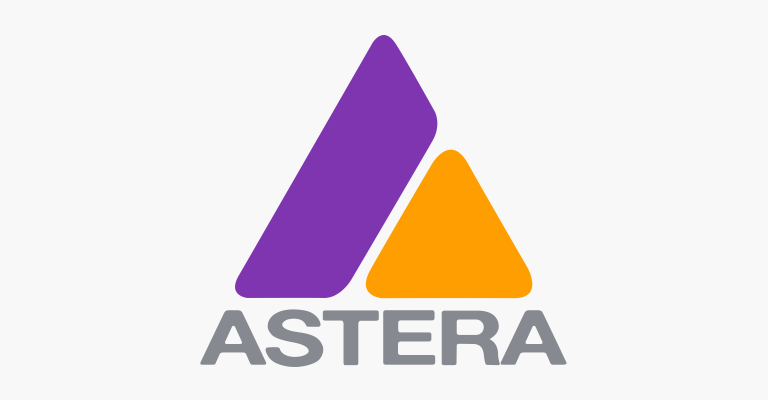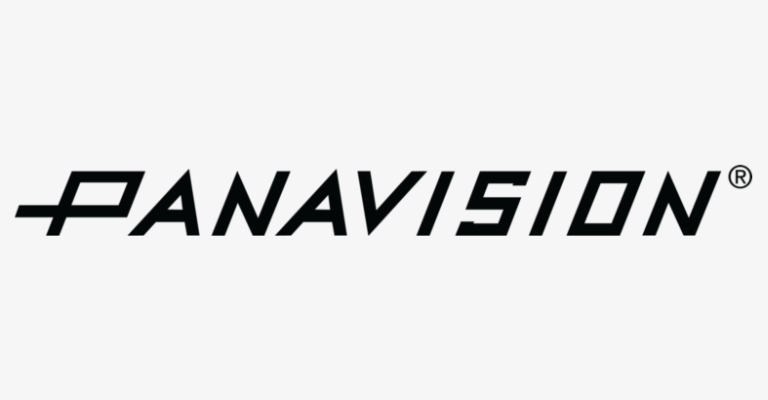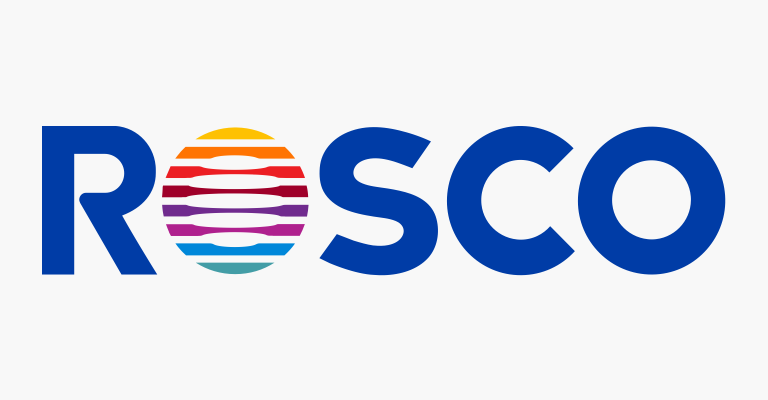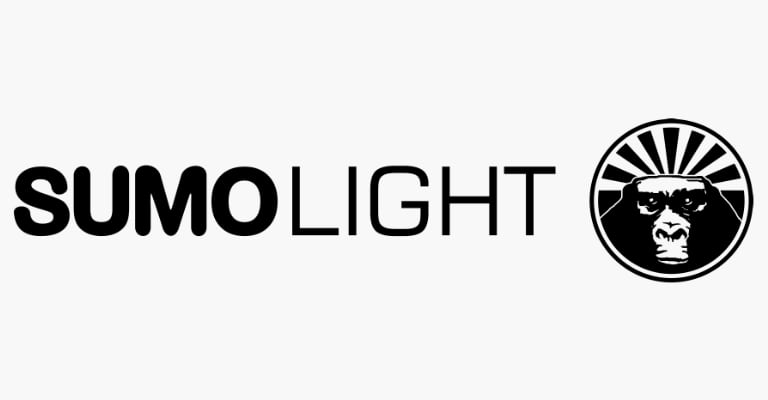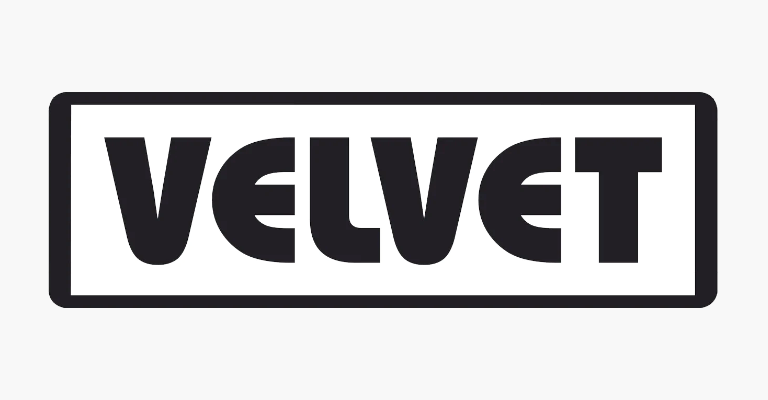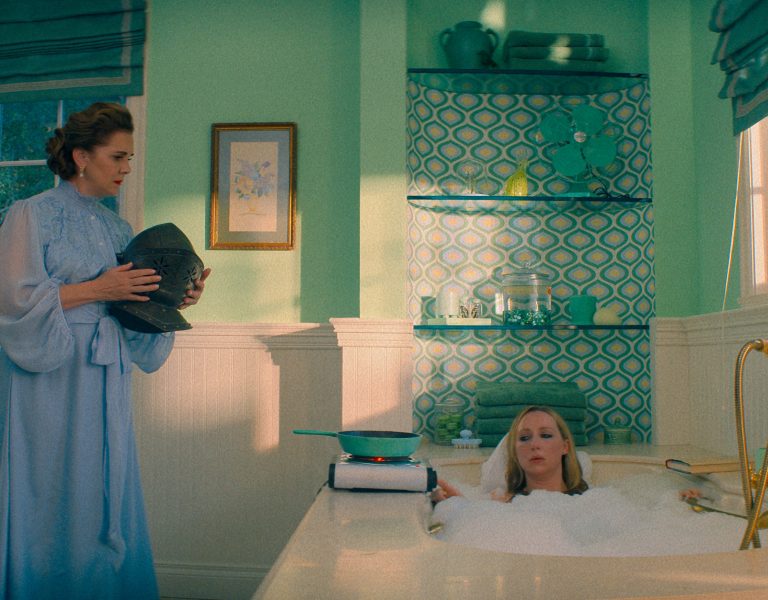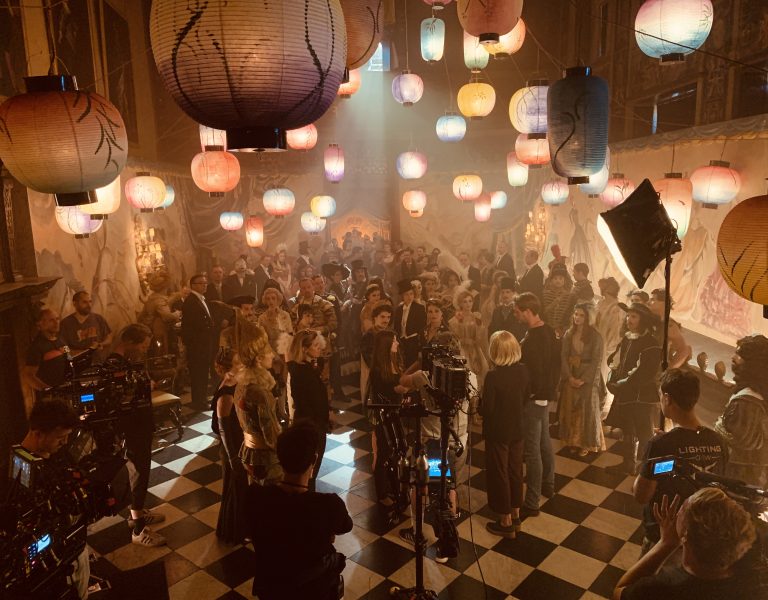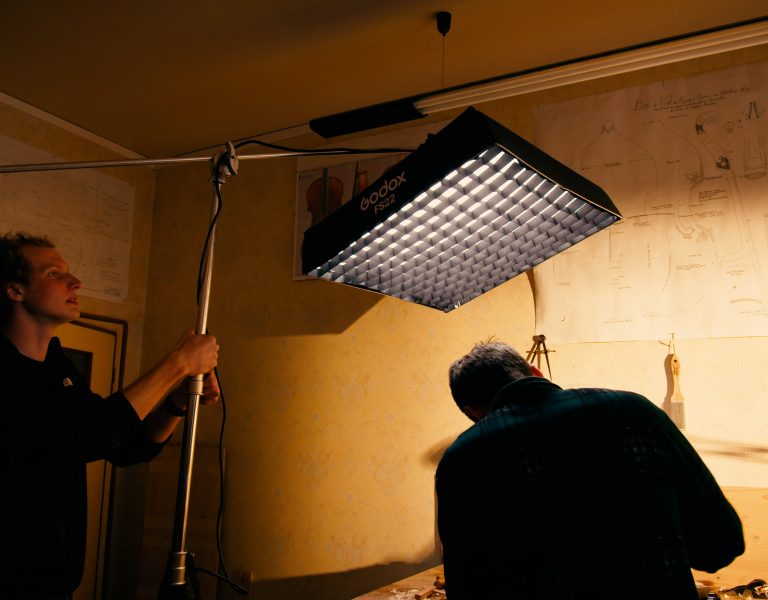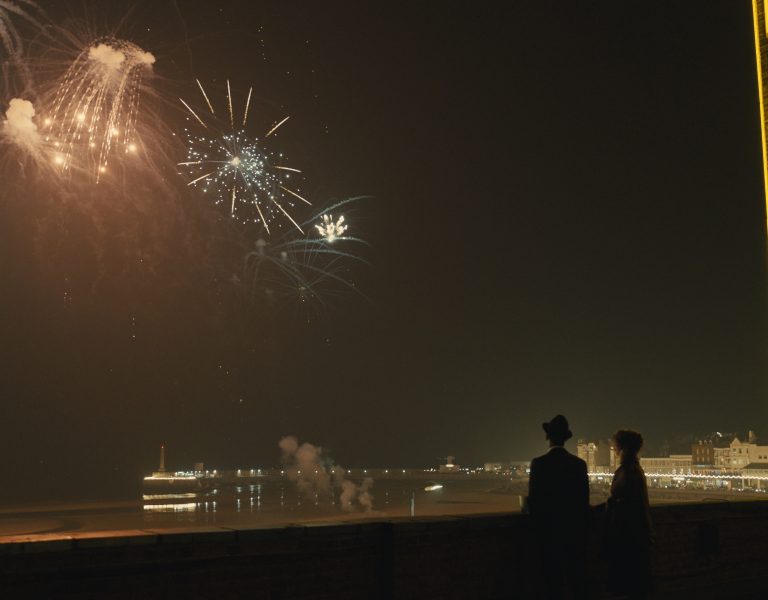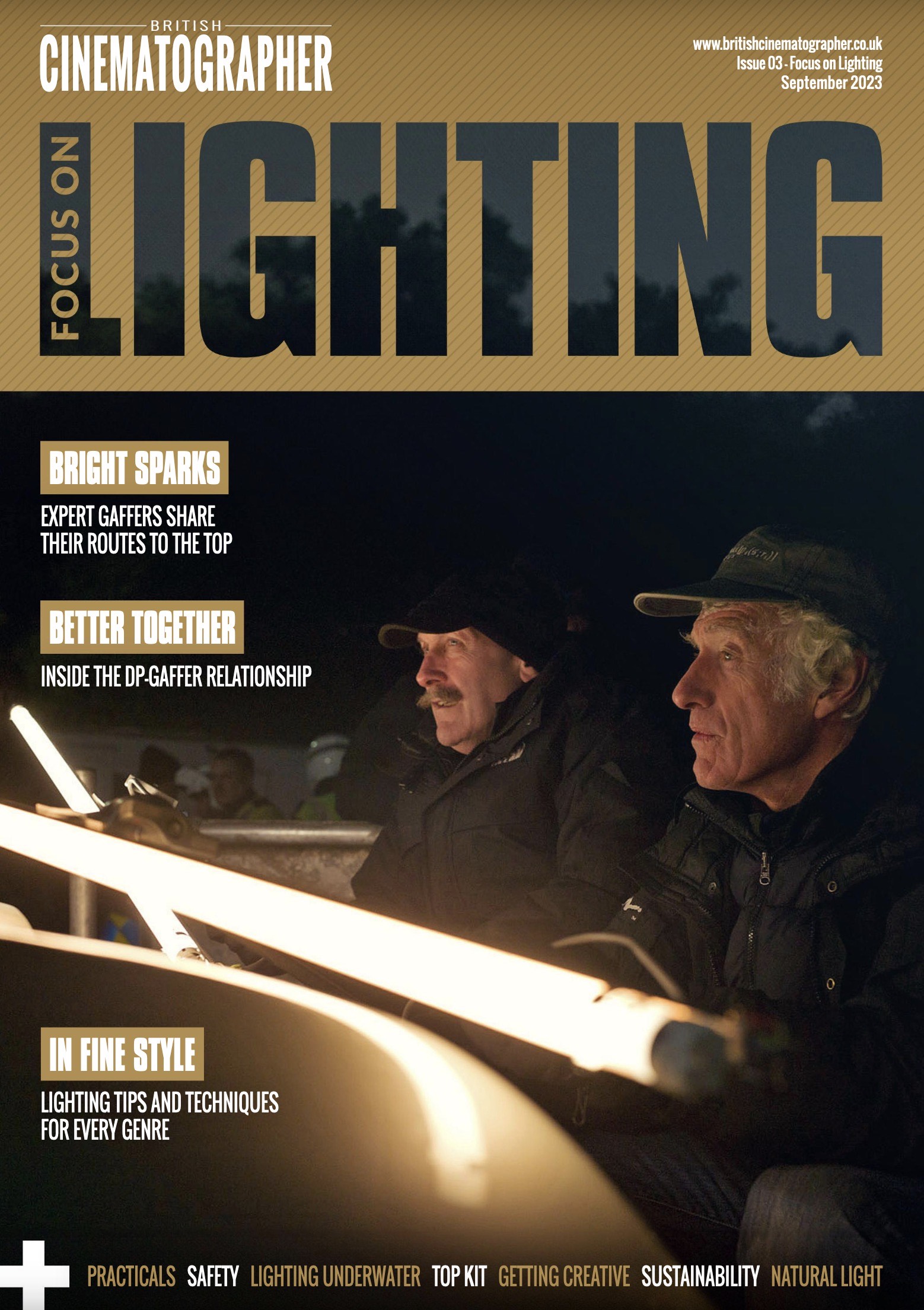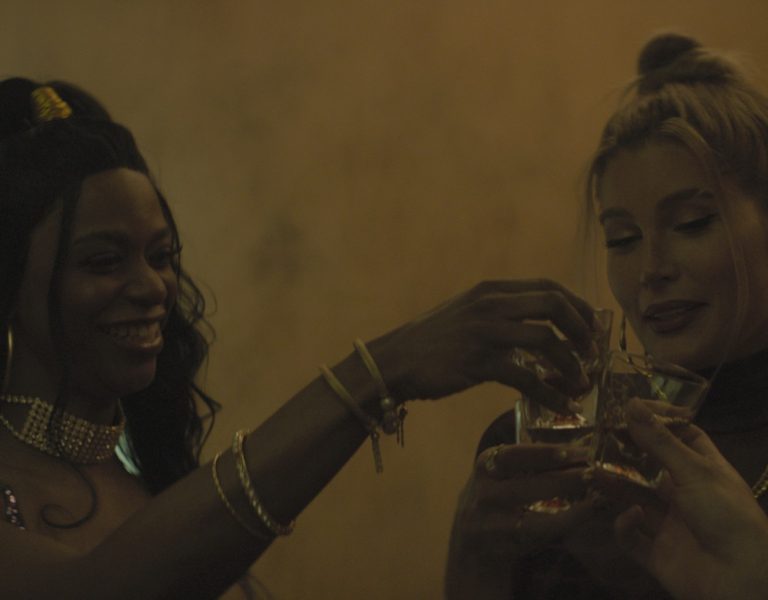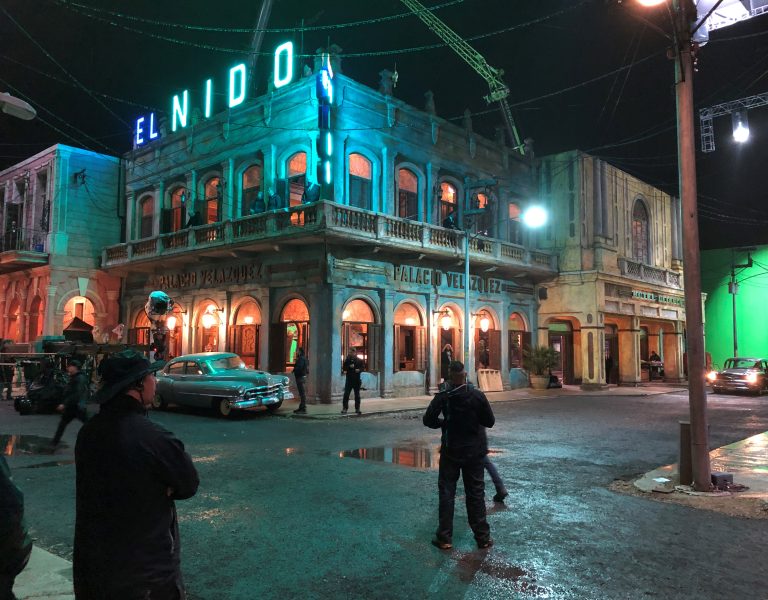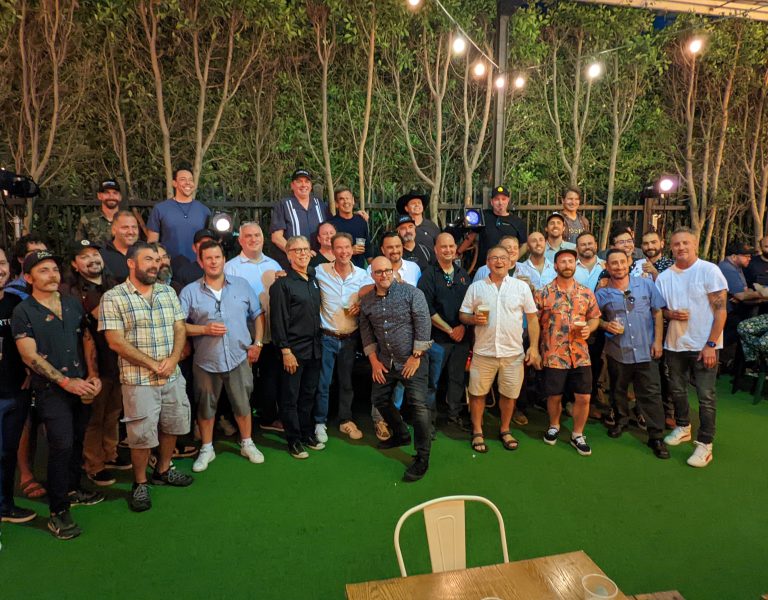VOYAGE OF ADVENTURE
Production name: One Piece
Production type: TV series
Cinematographer: Nicole Hirsch Whitaker ASC (episodes one and two)
Gaffer: Wiseman Dinizulu
Director: Marc Jobst
Overview of the production and what was the visual approach you adopted in terms of lighting: Marc and I met on a previous Netflix show, Jupiter’s Legacy, where we found a really similar language as filmmakers. When he approached me about doing One Piece (a live-action adaptation of the popular Japanese manga series) in South Africa and told me what he wanted to do visually, I was immediately on board.
One of our references was the amazing photographer Jimmy Nelson, who’d shot all over the world including Africa. When we saw the palette of the lighting in his photographs, both of us thought this is what we want our show to look like.
Lighting kit used and why it was chosen: It was a real hybrid. We had a lot of tungsten on stage and a lot of LED – we must have had about 500 SkyPanels. Because we did a lot of exteriors, we didn’t use much outside – we’d have some S360s and S60s, as well as some 18Ks, 9Ks and 4Ks. When we were working outside, we were very cognisant of wanting it to feel light and cheery, so we were constantly trying to find ways to fill the backlight.
Lighting kit supplied by: ARRI Rental.
Camera and lenses used: The ARRI Alexa LF and five sets of custom-built Hawk MHX large format lenses.
Lighting equipment testing process: This was the most testing I’ve ever done on a project. We had four months of prep, and over half of that was spent doing camera and lighting tests. We had a lot of research and development to do because these characters all have different abilities – especially Luffy, the main character, who eats fruit that makes him stretchy. We still wanted to make the visuals feel grounded and the characters feel real and that had a lot to do with how they were lit, so we did lots of lighting tests on stage.
Challenges faced with the lighting and how they were overcome: Because we were shooting in South Africa during the summer, we had to deal with a lot of high, hard sun. I think exterior lighting is much more difficult than interior, as you’re trying to balance while the sun is moving all day – it’s really hard.
Most difficult location to light in the production and solution used to light it: We shot a fight scene in a courtyard that lasted over five days, and I was very nervous about keeping the lighting consistent. Originally, we built a big overhead silk to cover the courtyard, but it proved problematic because we were shooting very wide lenses and it was in every shot. So, the producer and I decided to take it down, even though we’d built this huge rig, and just go with the available light. It was very challenging because we were shooting from morning until the evening, so trying to figure out how to keep the sun consistent was very hard.
What made the collaboration between the gaffer/chief lighting technician and cinematographer so successful: I hadn’t worked with Wiseman before but from day one, he and his crew were so excited about the project and so supportive. This would be a really big job, so I wanted someone qualified; he’d just lit the Idris Elba film Beast, and Philippe (Rousselot AFC) told me that he was just incredible. He’s the nicest person and brought so much to the show – I had so much fun working with him. I also loved working with the local crew who understood the local gear and what was available. Our lighting programmer Rohard Oosthuizen was also instrumental in the success of what we were able to achieve on the One Piece sets.


